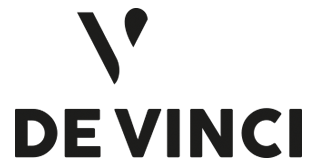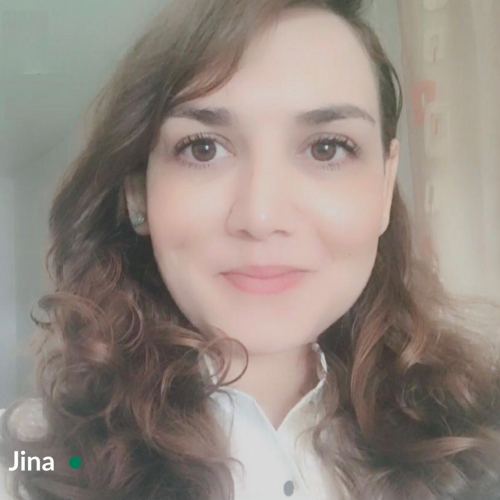@article{abuzerr_3846,
title = {Paediatric meningitis outbreak in Gaza amid health system collapse},
author = {Samer Abuzerr and Hani Hamdan and Jinan Charafeddine},
url = {http://dx.doi.org/10.1016/S0140-6736(25)01520-X},
year = {2025},
date = {2025-08-01},
journal = {Lancet},
volume = {412},
number = {10504},
pages = {689-690},
abstract = {The Gaza Strip is facing a surge in paediatric meningitis cases amid total health system collapse. Since October, 2023, prolonged military assault and blockade have destroyed health, water, and sanitation infrastructure. As of July, 2025, the UN reports that at least 1·9 million people?approximately 90% of the population in the Gaza Strip?have been displaced by the ongoing war and are now living in overcrowded and unsanitary shelters.1 Many have been forced to flee multiple times, with some displaced ten times or more. The repeated displacement orders issued by Israeli forces following the collapse of the ceasefire have driven even more people to flee in search of safety.1 This environment has enabled the rapid spread of meningitis, especially among children.
At Nasser Medical Complex in Khan Younis (Gaza Strip, occupied Palestinian territory), more than 40 children have been admitted with suspected or confirmed meningitis.2 Physicians report severe shortages of antibiotics and cerebrospinal fluid kits, forcing empirical treatment and unsanitary procedures. Children present with high fevers, neck stiffness, vomiting, and seizures, yet are treated on floors, often without electricity or sterile equipment.2
Underlying this outbreak is a broader public health emergency. Displaced infants have scarce access to clean water, nutrition, and maternal care.3 Many mothers are malnourished and unable to breastfeed; formula and nappies are largely unavailable. In one case, a 1-month-old baby was diagnosed with meningitis after living for weeks in unsanitary conditions, without proper nutrition or hygiene supplies.3
The spread of meningitis in Gaza reflects the collapse of core public health protections. Hospitals are non-functional, staff are overwhelmed, and basic supplies are cut off.4 This outbreak, similar to those seen in conflict-affected settings such as South Sudan5 or Syria6, underscores the devastating impact of displacement and water, sanitation, and hygiene failures; however, Gaza's isolation and long-term siege make the crisis even more acute.7
Immediate international action is required. Priorities include reaching an immediate ceasefire; provision of antibiotics, vaccines, and diagnostic tools; restoration of water, sanitation, and hygiene services; establishment of humanitarian corridors; protection of health facilities; and support for disease surveillance. Without urgent intervention, more children will die from preventable illness. We call on the global health community to act now?to protect Gaza's children from further suffering and irreversible harm.},
keywords = {},
pubstate = {published},
tppubtype = {article}
}















